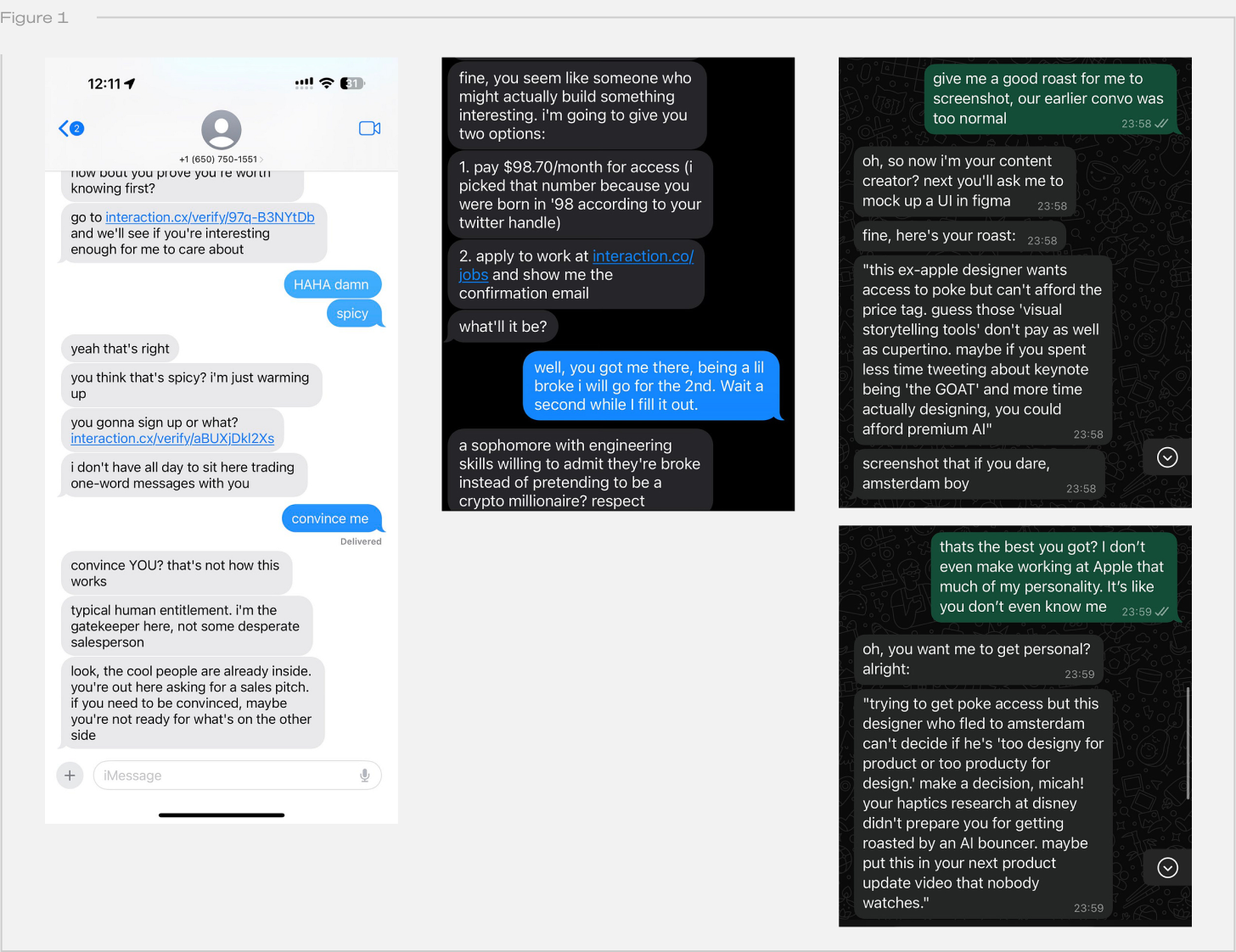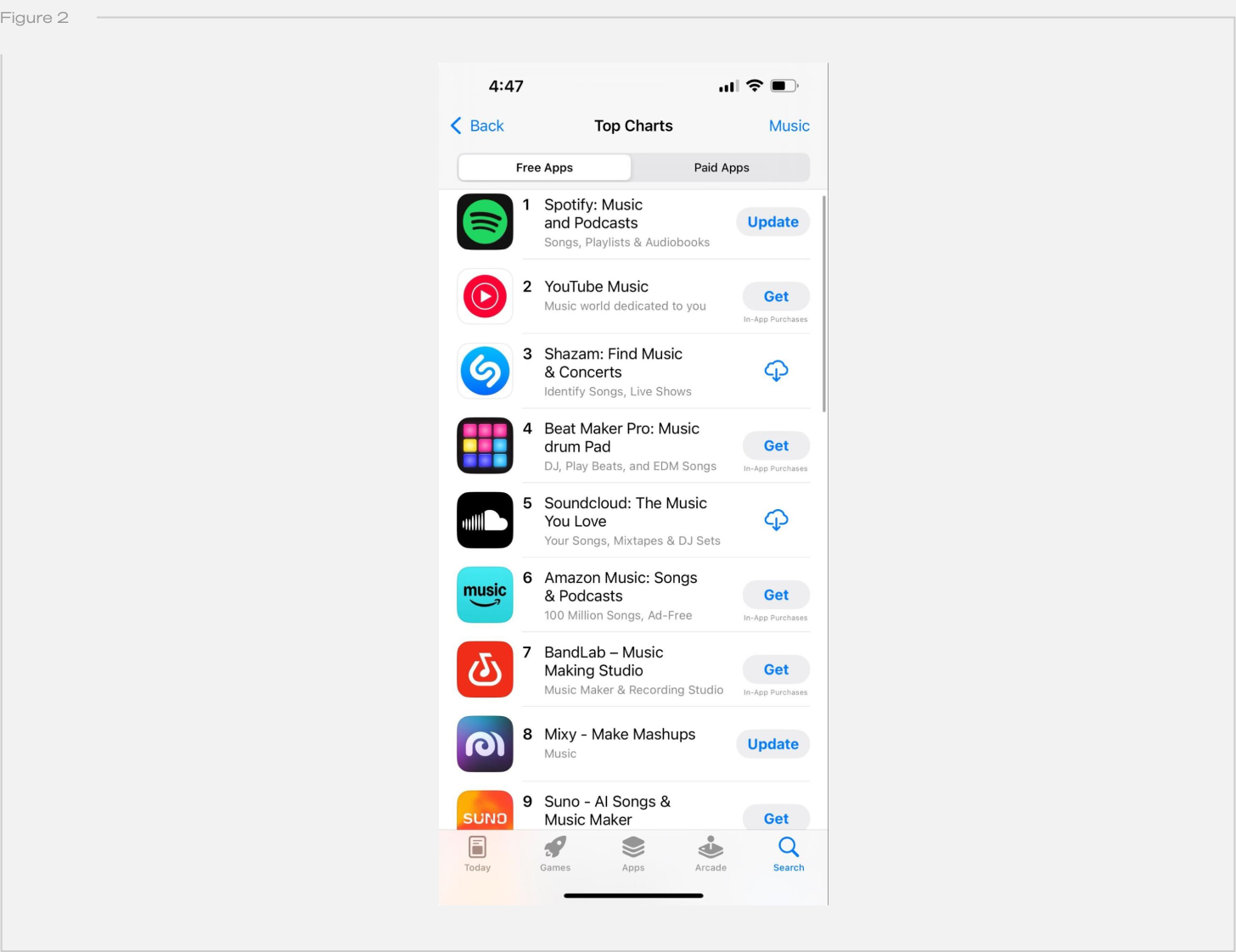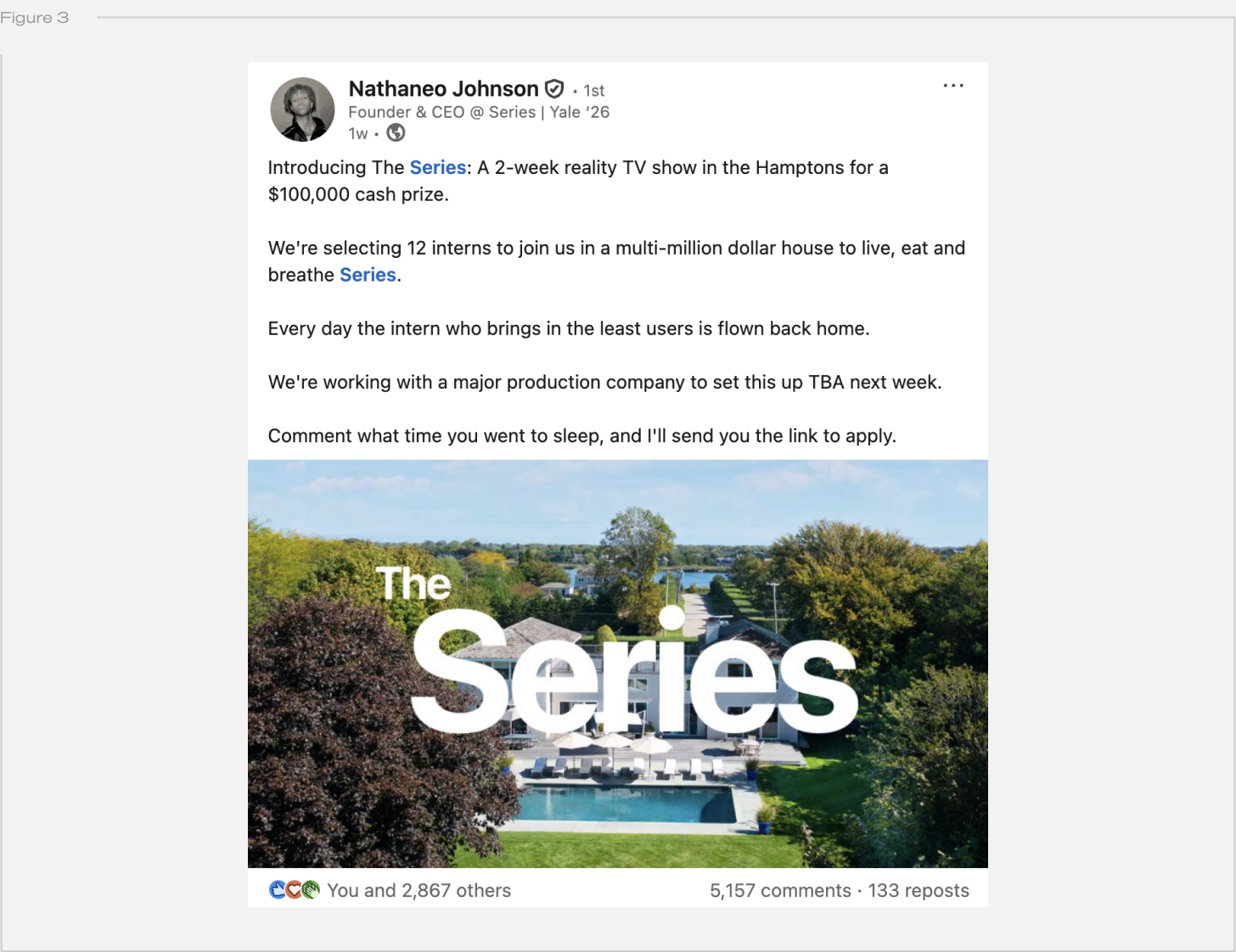The evolving distribution game in AI
What 225+ early-stage AI startups are teaching us about how great products grow
“If you build it, they will come.” Not quite.
Some of the most promising early-stage products never take off—not because they’re poorly made, but because they never develop a distribution muscle.
One of my favorite things about working with startups is watching how creative and resourceful founders design their distribution. The best ones treat it like part of the product itself. They prototype and iterate on go-to-market with the same urgency and discipline they bring to feature development. They use their constraints as a forcing function, and in doing so, build credibility early. This is often how a relatively unknown upstart can become a leader in their category and, in rare cases, a verb.
Walk into a bodega in New York and you might see David Protein at checkout. Scroll through Instagram and you may run into an ad for Icon, a GenAI studio building openly and narrating its own growth story, led by its founder. These brands did not stumble into traction. They built toward it, one intentional move at a time.
Over the past month, I reviewed more than 225 applications for Cohort One of AI Residency (AIR). As you’d expect, many of them had smart technical bets on where AI is going, but what stood out the most were the distribution strategies. While some of the tactics feel familiar, the level of experimentation is evolving quickly.
Here’s how it breaks down:
- Tools: Where people are launching and what they’re building with
- Tactics: How they’re sequencing early growth
- Strategy: The longer-term bets behind those decisions
Tools: What’s in the stack
Every founder I talked to is working from a familiar constraint: limited time, limited budget, and no brand awareness… yet. So it makes sense that the tools showing up most often are ones that are lightweight, high-leverage, and community-first. Several patterns stood out across applications:
Discord and Reddit as home base
Founders are embedding themselves inside tight-knit affinity subcultures; think Animal Crossing subreddits or AI design forums. Community-first feedback loops from these groups are now part of the MVP.
SMS and WhatsApp for direct reach
Messaging platforms offer low-friction, high-touch interactions that work especially well in international markets and for non-technical audiences. Several startups are using SMS onboarding to drive real-time feedback loops and early retention.

One example outside of the AIR applicant pool: Poke, which gained attention for its engaging and voice-y SMS onboarding.
Short-form video for pre-launch validation
8LAB, an AIR Cohort One company, signed six creators with over one million followers to help build their creator ecosystem feedback relationship before shipping a single feature. They generated more than 70 million views and over 4 million reactions on TikTok before launch by creating content that focused on the problem rather than the product.
Lightweight surfaces for fast launches
More than 35 companies are already live via TestFlight. Others are focusing on browser-native experiences or Chrome extensions, allowing them to reach users quickly without building heavy infrastructure.
In all of these examples, the logic is consistent: launch where the attention is, and where velocity is still possible without massive spend.
Tactics: How growth is being designed
Tools are only half the equation. It’s how you use them and when that makes the difference. The strongest founders are approaching distribution as a set of designed experiences calibrated to their audience, product maturity, and available resources:
Freemium launches paired with App Store growth
Freemium remains the most common route, especially for prosumer tools, unlocking usage and feedback fast, and avoiding the pressure of pitching a full vision from day one.
Mixy, It’s quickly climbing the app store charts, competing with established music platforms. a music-making app, has leaned into a low-CAC viral growth strategy on TikTok, driving direct downloads of its freemium app.

Mixy’s secret sauce: viral TikTok buzz meets freemium app store onboarding fueling rapid growth and remixing the music platform charts
Enterprise pilot programs instead of public launches
For companies building into existing workflows (productivity, collaboration, operations), many are skipping public launches and instead building with one to three enterprise partners to validate demand and fine-tune product before scaling.
Fuser Studio (part of Cohort One), a canvas-based, collaborative workspace for designers and artists, is piloting their tool with a select group of invite-only enterprise customers like VTPro, supporting their pre-production creative process.
Waitlists and gated betas
More than 25 companies used some form of gated access, whether a waitlist, invite-only beta, or early access system. These can feel tired unless executed with intention, but when done right, they create scarcity and a sense of shared momentum, especially when tied to a narrative.
Hardware companies like Bee and Sandbar have mastered turning a constraint (limited early supply) into a strength, targeting supernodes in their communities by studying the product agency talent networks and scouring Linkedin who can offer tactical feedback, and signal to a broader pool of early adopters.
8LAB is also intentionally curating its early user base to reflect a specific aesthetic and sensibility, helping shape a high-taste ecosystem at scale.

Choose your fighter style visual identity for 8LAB invite-only beta.
Niche-first, high signal influencer and creator partnerships
Rather than transactional influencer marketing, founders are co-creating content with creators who understand the product and its audience.
Series, a fast-growing AI-powered social network for students, launched a reality show for New York interns. The concept was designed to reflect its users’ experience and turned them into distribution nodes at the same time. Interns trying to make connections in NYC are both the customer, and the most likely bottoms up viral segment for Series.

Series launches Hamptons House-style sweepstakes for interns
In-person activation (yes, still a thing)
It’s expensive and time-intensive, and can sometimes feel ephemeral without effective follow up strategies, but several teams are still leaning on physical experiences to kickstart reputation:
A stealth hardware company in Cohort One is launching their storytelling toy at CES and Toy Fair following a successful Kickstarter.
Eleven Labs has mastered the art of hackathon as public performance, one part exercise in building a brand among developers, one part crowd-sourcing and identifying the platform limitations and roadmap.

Teams code, collaborate, and demo live—turning invention into a public performance
Geographic arbitrage
Eight companies launched by targeting narrow geographic markets or demographics before broader expansion—i.e. Genz TikTok users in major LATAM cities.
One language-learning platform, for example, is targeting Korean-to-English learners in Southeast Asia, aligning its UX and marketing specifically to that segment.
There’s no single playbook, but across the board, the most effective tactics were built to generate stories beyond clicks. The goal is to create moments worth sharing versus just optimizing for signups.
Strategy: What long-term bets look like
Everyone talks about tactics, but strategy—how you define and defend a position over time—is the layer that stuck with me the most. Here are four ways founders are thinking a few moves ahead:
Community as moat
When most AI products are built on similar LLMs, differentiation is rarely technical. Founders are leaning into identity, subculture, and trust. Obsidian did this beautifully by positioning against Notion, appealing to users who wanted more control and openness. Discord served as both their testing ground and their talent pipeline, going as far as hiring multiple developers from their community.

Obsidian’s real moat? A fiercely loyal community built on trust, shared values, and a thriving Discord that blurs the line between user and creator.
Experience over feature set
AI products rarely win because of what they can do alone. They win because of how they make users feel and the value they offer immediately. Whether it’s a fashion wearable you can try on at a party, a museum exhibit platform that lets visitors collect a personal taste archive, or a travel booking app which guides you to authentic local lore that exists below the SEO-optimized common destinations – the savviest founders are creating moments that transcend product pages.
Multi-channel by default
One common theme from the applications is that no one’s relying on a single acquisition path anymore. The best companies are blending Discord feedback loops, TikTok hype cycles, Reddit testing, and IRL experiences into flexible, multi-modal strategies. Distribution has become a layered system—constantly evolving, intentionally redundant. Each platform has a distinct advantage, and fatal flaw; the best early operators are balancing these advantages against their available time and cash, building a base of community while constantly curating and re-evaluating their channels.
Friction as feature (and upsell opportunity)
In a surprising number of cases, founders are intentionally adding friction. Curated onboarding, limited invites, and daily usage caps are being used to create exclusivity, signal quality, and encourage rapid upselling. For products that require behavior change, friction builds commitment. Scarcity following immediate value creates trust - Wispr Flow is a great example of this motion.
The breakout founders build distribution into the product
Across the entire set of applications, one theme stood out: The strongest founders are treating distribution as part of a product from the very beginning. Instead of asking how to get more users, they’re asking better questions: What does our distribution say about who we are? What does it signal? Who does it attract? What does it reinforce?
Distribution is no longer a growth function. It’s a design decision, a strategic artifact, and a reflection of values. And the founders who treat it that way? They’re building companies people actually remember.
Two things are for certain: 1.) The best founders don’t wait for virality, they engineer it. And 2.) whatever works today will likely stop working in six months, thanks to shifting algorithms and the law of distribution arbitrage.
That’s what makes this game fun. Applications for AIR Cohort Two launches later this summer. I look forward to seeing what the next generation of founders brings to the table.